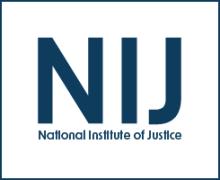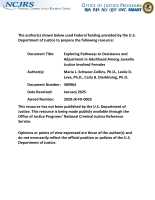Selective Mortality in Middle-aged American Women With Diffuse Idiopathic Skeletal Hyperostosis (DISH)
Journal
Date Published
August 2018
Agencies
NIJ-Sponsored
Publication Type
Research (Applied/Empirical)





